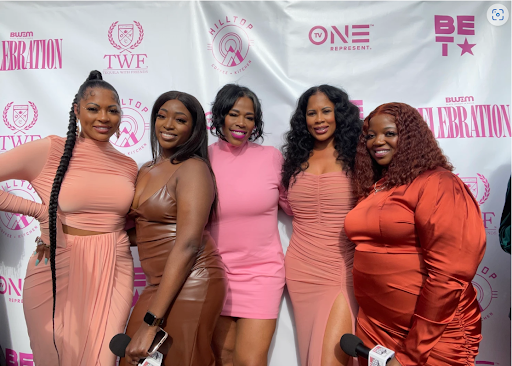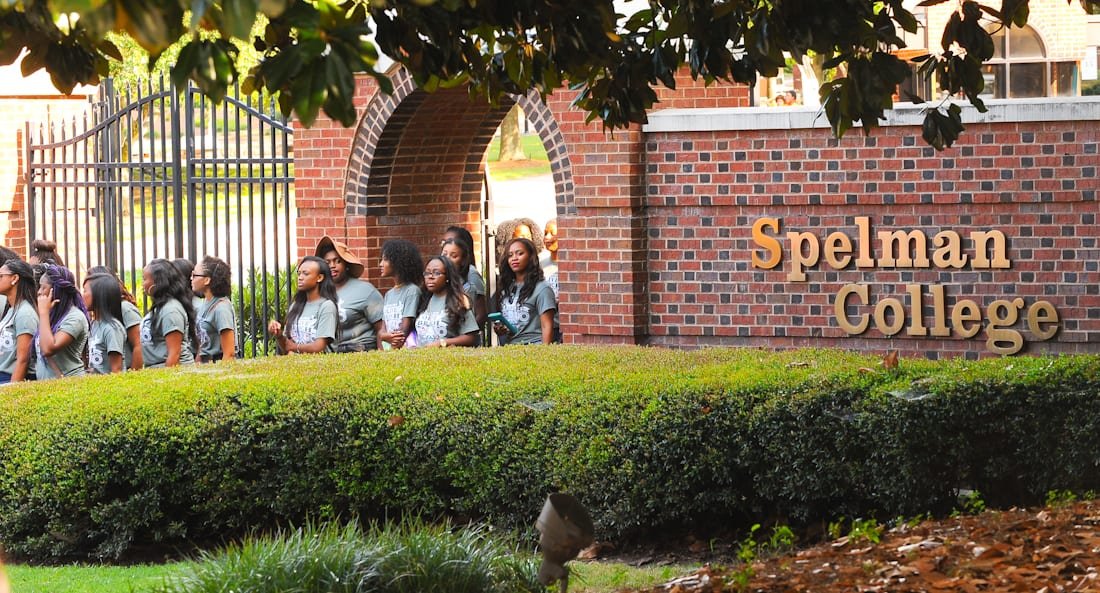Aunt Jemima: Rebranding A Brand Built On Racial Stereotypes
By: Emily-Ann
In the spirit of Black History Month celebration, let’s talk about the Quaker Oats rebranding campaign with the Aunt Jemima line. I am so happy they removed the image. As a young child I remember watching A Different World tv show, Whitley brought out the dolls and the image of Aunt Jemima was put up for the full display for their showcase. It is still my favorite episode to this day!
In this episode, the conversational piece brought up mixed emotions and feelings and put a spotlight on the hate driven black face caricatures. Kimberly, a black medical student, was having a hard time because she was comparing her beauty to this false image of black women. Kimberly’s traumas of her childhood was due to the direct impact on how she viewed herself, self-worth, and beauty.
The Aunt Jemima image was on their products for decades. My question for Quaker Oats, “Why did it take so long for these racist images to be removed off of products and store shelves?” I remember this brand from my childhood and not being a fan of the box. I vowed that I would never purchase any of these products for this reason. I didn’t fully understand the magnitude of the black woman on the box but even as a child I knew it was wrong.
The pancake mix was developed in 1888-1989 by the Pearl Milling Company and advertised as the first ready pancake mix. The maple syrup was added later to the Aunt Jemima line. The woman on the box was a racially driven caricature that became popular in the south by white men. I’d like to give you some background on why this image is horrible and should have never been on any box in first place, never mind on store shelves. The figures were also over-sexualized, often depicted as black elderly obese, with deep skin tone, and dressed in the typical slave attire for the time period.
The company tried to modernize the image to make it more socially acceptable to hide the dark past of its origins. They removed her head scarf and removed the evident slave attire. The truth was always there and nothing could change the dark history that has been embedded in human history. The women who inspired this image were often referred to on the plantations as Mammies and forced to be wet nurses for white children, often neglecting their own children due to the demands of their white masters.
The dehumanization of the black enslaved women continued throughout the south to the Jim Crow era. It perpetuated the stereotype that black women were happy being slaves to white families. It gave a false narrative that the enslaved women were not interested in caring for their own families or children. This is obviously false, black women were either enslaved or worked as domestic help (the only jobs they could get) during these eras.
They encouraged the narrative of white men viewing women of color as sex objects and property. Often these black women were in danger of being raped by white men in the household or on the plantation. Women who were married were victims of this abuse, and the enslaved husbands of the enslaved wives couldn’t do anything to protect them. It was one of many ways they showed dominance and mental chess to keep power.
The children of these horrible crimes were the evidence of these actions and would infuriate the white’s mistresses of the households or plantation. Thus, the cycle of abuse by both master and mistress would continue for many enslaved black women, and they would often run away. Few incidents of consensual sexual relations have been recorded. However, enslaved black women were viewed and treated like property.
The mammy caricature was also used to sell many things during the Jim Crow era like breakfast foods, detergents, planters, ashtrays, sewing accessories, and beverages. Why the obsession with these horrible items still baffles me. Why would anyone want to be forcibly taken away, stripped of your native tongue, culture, and be auctioned off ? On top of that, they turn around and make caricatures to glorify the evidence of their crimes. No one in their right mind would want to endure such a horrible experience committed so openly by the enslavers. Looking at these items reminds the survivors and the descendants of the traumatic experiences.
Aunt Jemima was portrayed by a woman named Nancy Green. Nancy Green, a former slave who was born in Kentucky in 1834, portrayed the false Aunt Jemima until her death in 1923. Nancy Green played the role of Aunt Jemima for R.T Davis Company to continue the narrative, and portray false imagery of the happy enslaved women serving her white family. The company had her serving pancakes mix across the country, fairs, and flea-markets, telling false stories of happy days in the south between whites and blacks. The image and character she played would have her fighting her own personal battles. Feeding her family or portraying the false narrative that she knows personally isn’t true. Goodbye Aunt Jemima and it looks like Uncle Ben will also be getting a rebranding. Quaker Oats, it’s about time I guess it’s better late than never!
"I'se in town, honey."- Nancy Green, Aunt Jamima
The Aunt Jemima Model List
Nancy Green - 1923
Anna Robinson - 1933
Edith Wilson-1948 & 1966
Let us know your thoughts in the comment section. Don’t forget to like and share on all social media platforms.










Meet Emily-Ann Brown, contributing writer to 247 Live Culture!